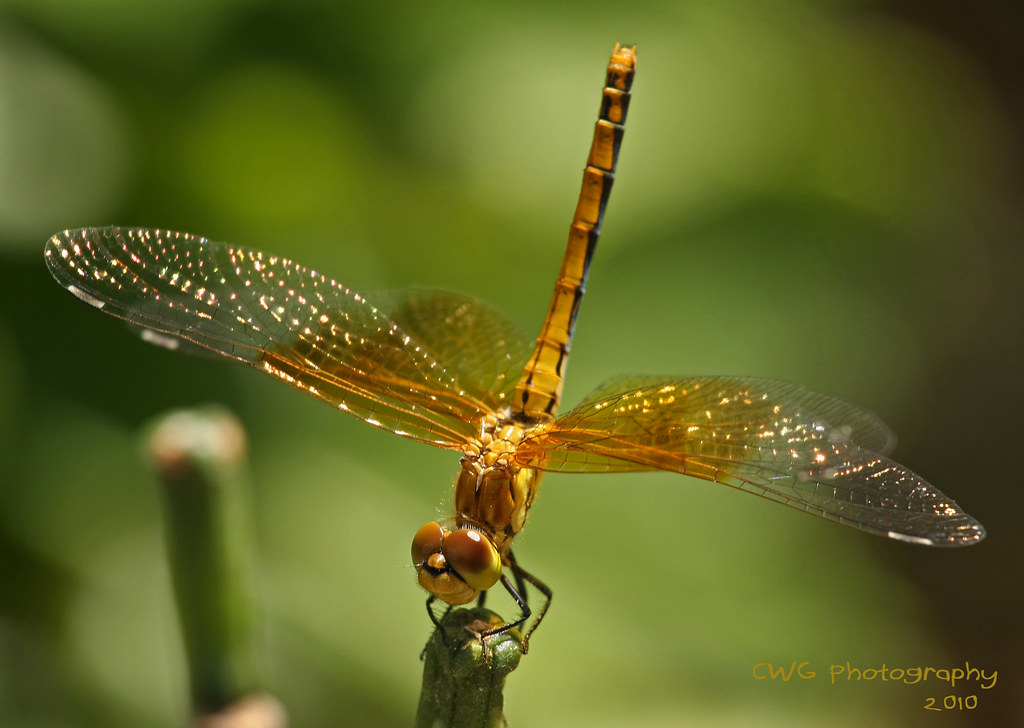Here's an example of an Epipactis gigantea shot in Joshua Tree National Monument at the 49 Palms Oasis. It was done with a 300 mm f/4 OM Zuiko lens on an OM4, back in 2002. The background is the skirt of a palm (Washingtonia filifera) that is just a couple of feet behind, but completely out of focus.
5604-1.jpg
Second example is a Chaenactis artemisiifolia shot in Rocky Peak State Park (Los Angeles area). this time with a Canon 300 mm f/2.8 IS at f6.3 on a full frame dSLR (5dmkII). Couldn't get closer to the plant, so used the long tube.
8277-4.jpg
I also use the 300 lens for reptiles, then often with extension rings to get a little closer. Image quality suffers a bit, as the lens errors get magnified with the image, but sure beats getting bitten by a rattle snake.
With those long beasts, it is important to use a very sturdy tripod, mirror lock-up/self-timer/live view, cable release, the works. The 300 seems to be the best compromise between still covering decent distance, but also being able to do close-ups. Notice, that longer lenses get worse and worse closest focus capabilities. Once in a while, I slap a 1.4 converter on there to get 420 mm.
In LF, I have a 720 mm (in the Tele Nikkor tripple convertible 360/500/720 combo), but mostly use the 360 and the 500. The 720 on 4x5" corresponds approximately to a 240 mm on full frame SLR. It's a real pain to use, particularly with movements because of the tele design.





































 Linear Mode
Linear Mode


